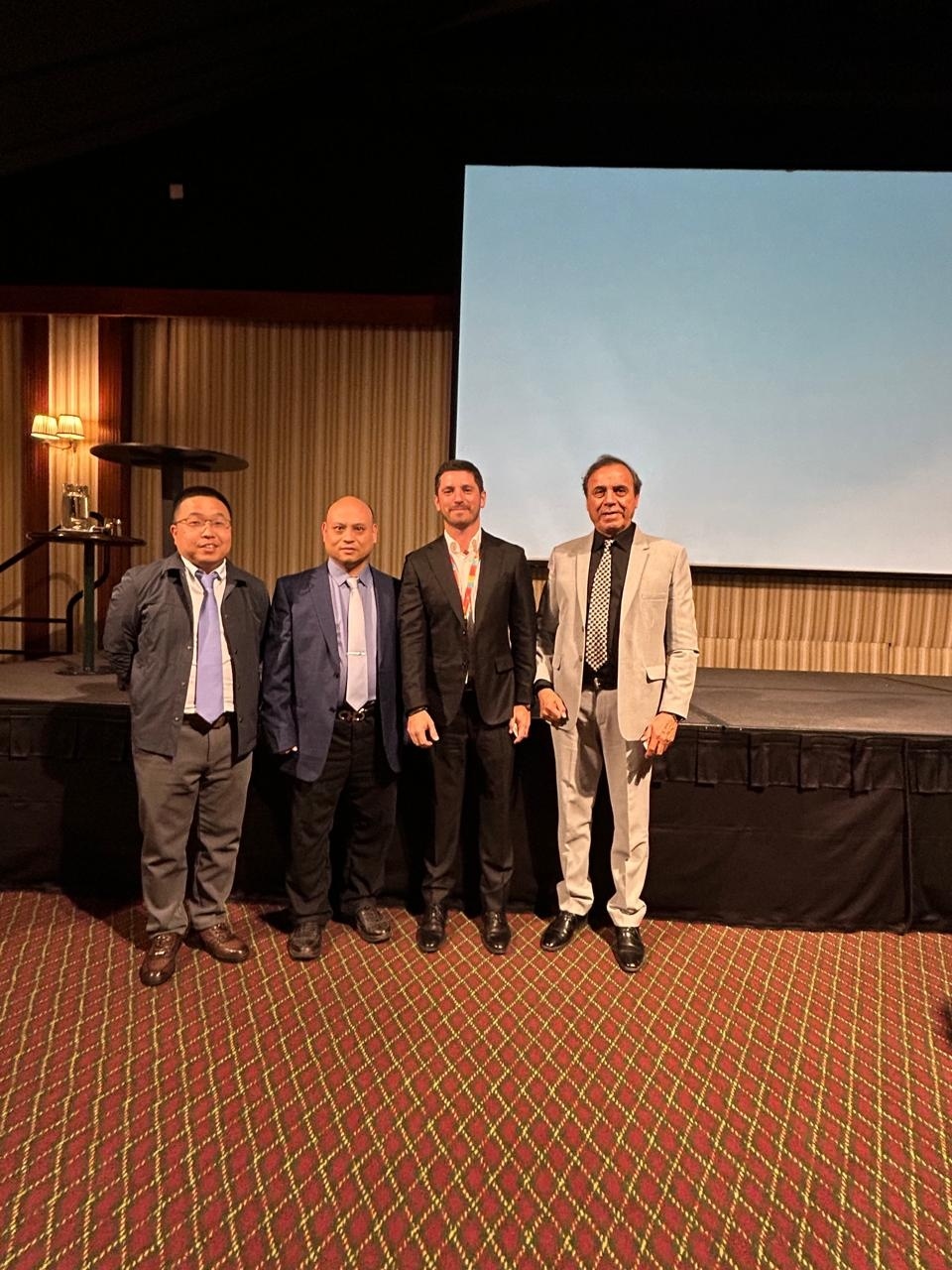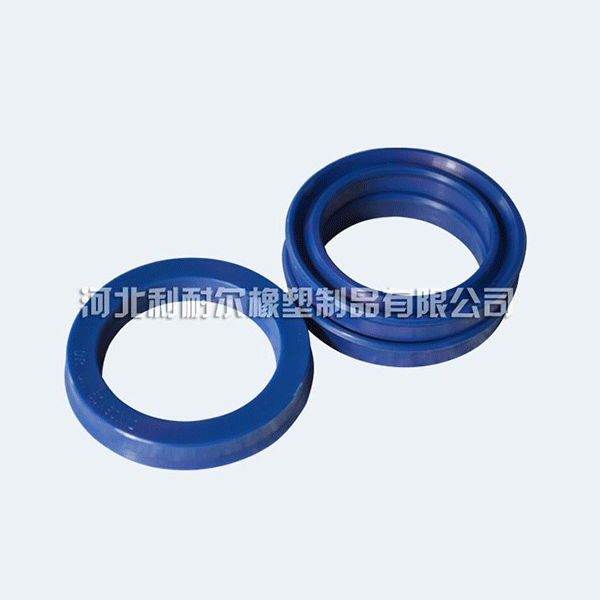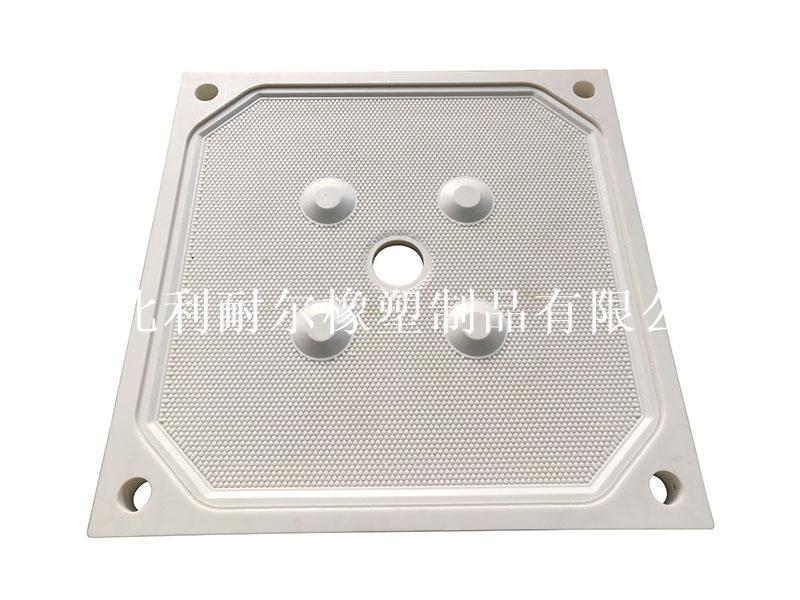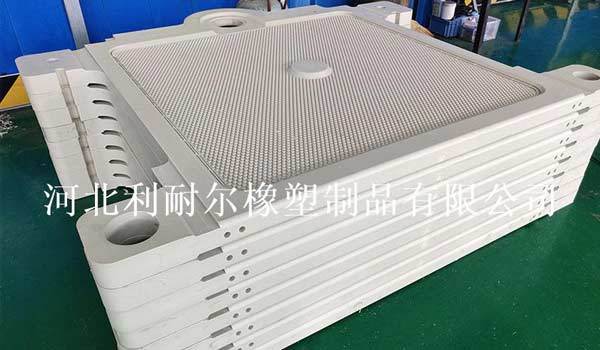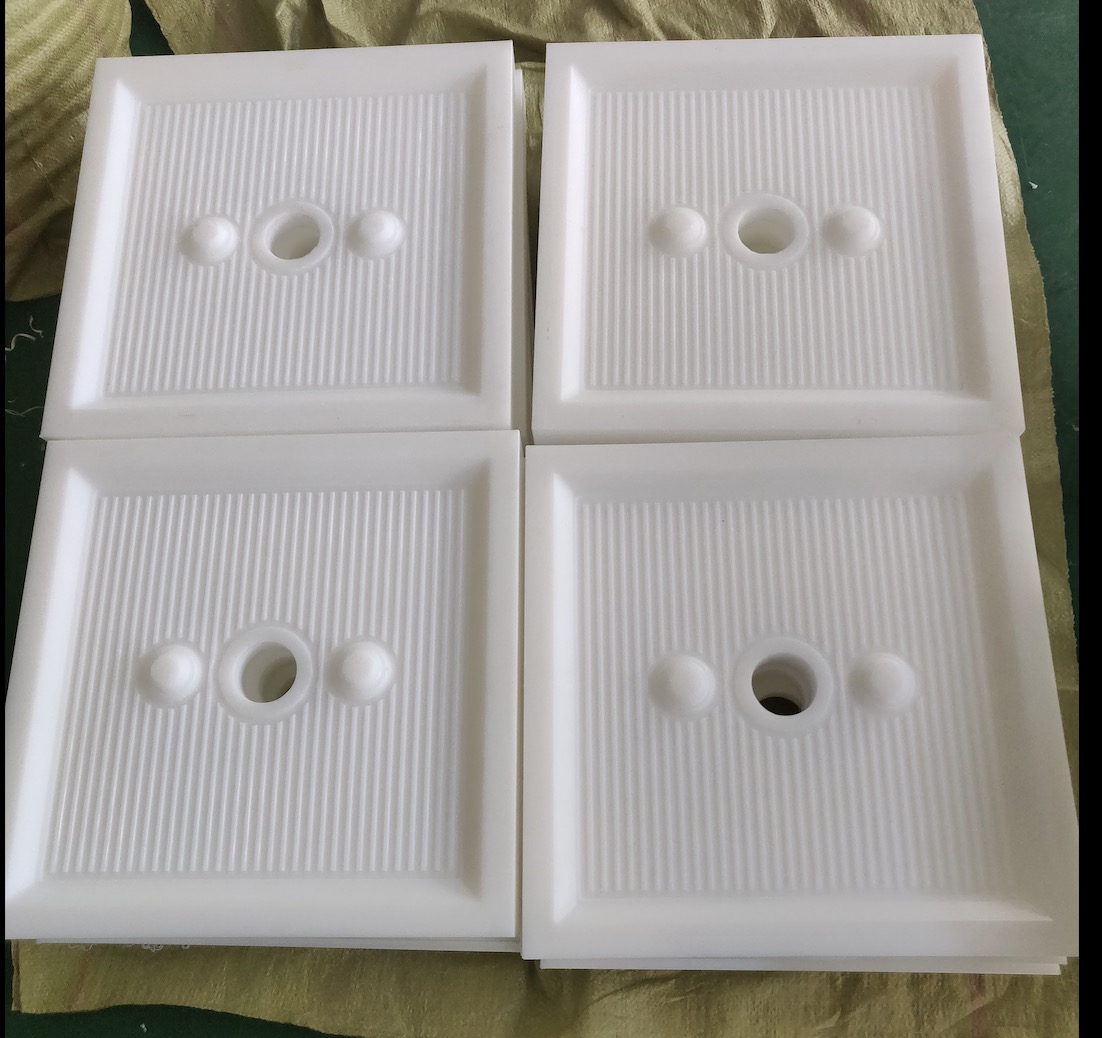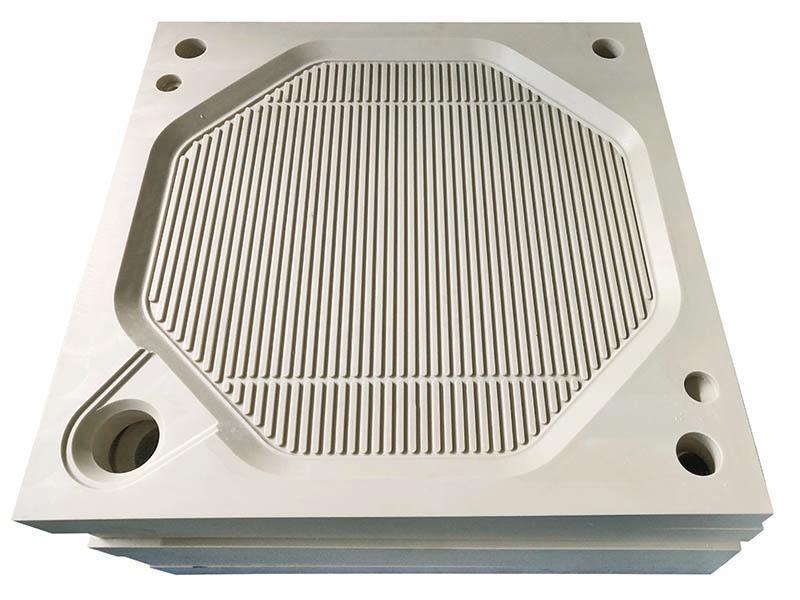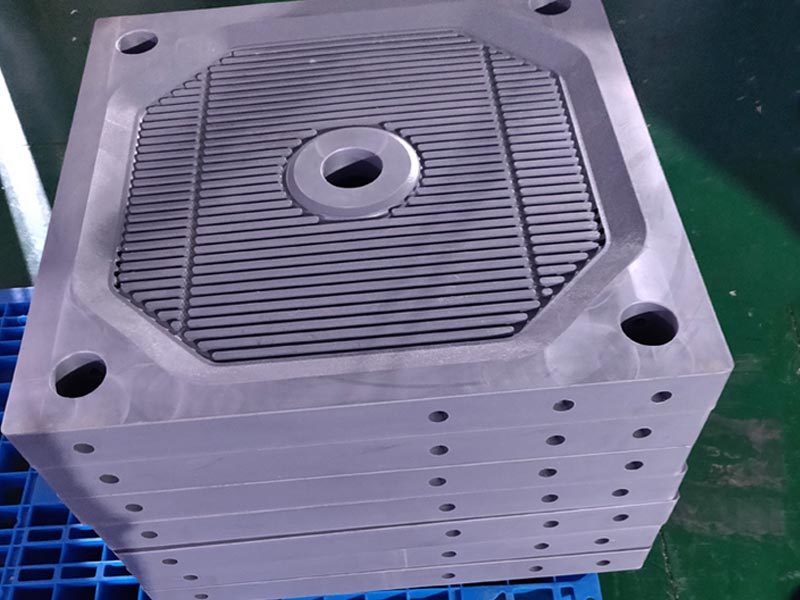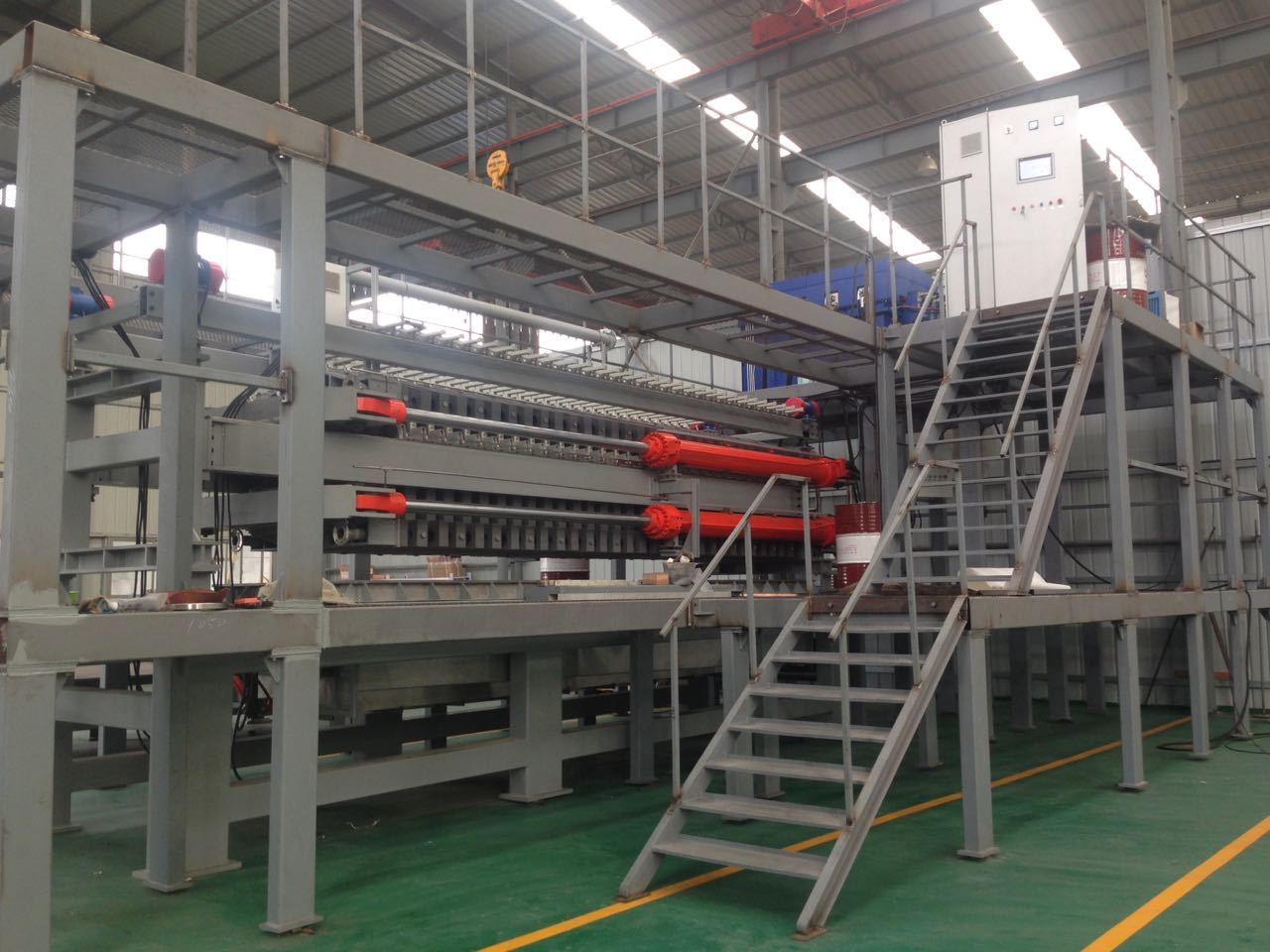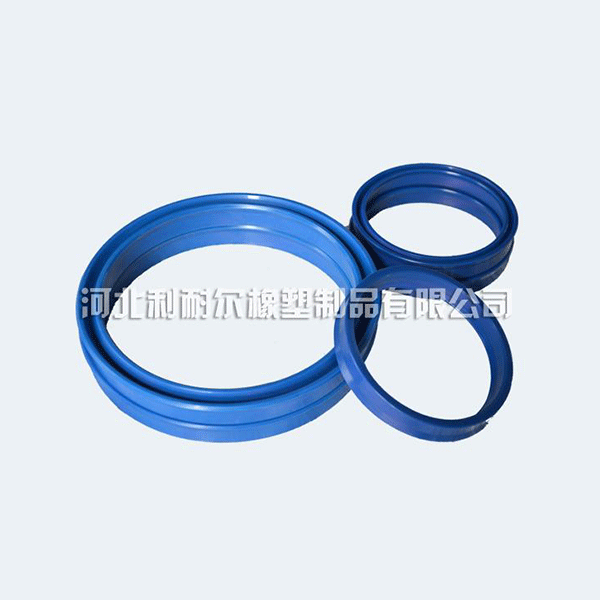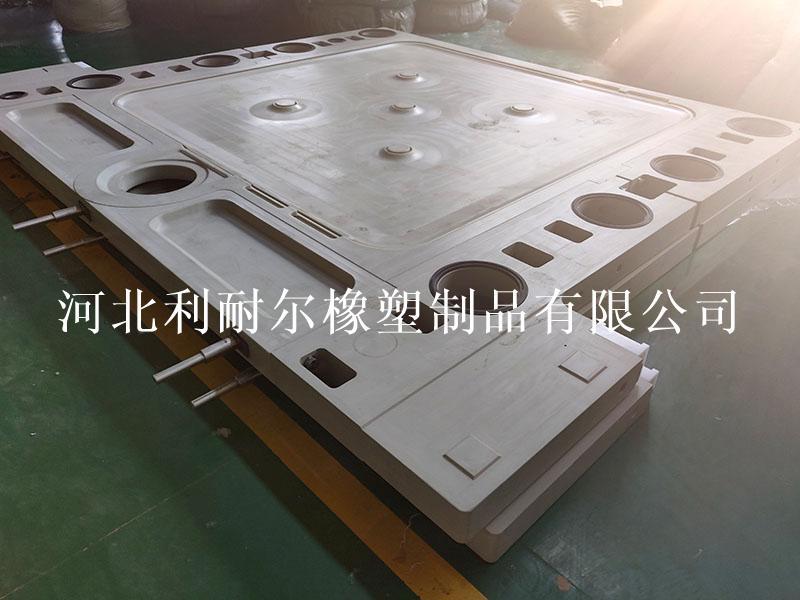Several factors affecting the performance of seals
Release time:
2021-01-12
The movement speed is very low (≤0.03/s), the smoothness of the equipment operation and whether there is crawling should be considered. When the moving speed is very high (≥0.8m/s), the ink used for the lubrication of the device may be destroyed, and the seals will be heated by friction due to the lack of good lubrication, which will greatly reduce the service life. It is recommended that rubber and plastics conform to the seal and work within the speed range of 0.3m/s~1.2m/s.
1. Movement speed
The movement speed is very low (≤0.03/s), the smoothness of the equipment operation and whether there is crawling should be considered. When the moving speed is very high (≥0.8m/s), the ink used for the lubrication of the device may be destroyed, and the seals will be heated by friction due to the lack of good lubrication, which will greatly reduce the service life. It is recommended that rubber and plastics conform to the seal and work within the speed range of 0.3m/s~1.2m/s.
2. Temperature
Low temperature will reduce the elasticity of rubber-plastic composite seals, causing leakage, and even the entire oil seal becomes hard and brittle. High temperature will cause the oil seal to expand and become soft, causing the friction resistance of the oil seal to increase rapidly and the pressure resistance ability to decrease during movement. It is recommended that the continuous working temperature range of rubber-plastic composite seal is -10~+80℃.
3. Work pressure
The oil seal has a minimum starting pressure requirement. Low-pressure work must use low-friction performance. Oil seal with low aerodynamic resistance. Below 2.5Mpa, the rubber-plastic composite seal is not suitable. When the pressure is high, the pressure of the seal must be considered. There are special requirements for the groove processing of the anti-extrusion retaining ring.
4. Working medium:
In addition to selecting the working medium strictly according to the manufacturer's recommendations, it is important to keep the working medium clean. The aging or pollution of the oil will not only cause the components in the system to fail, and accelerate the aging and wear of the oil seal, but also the stolen goods may scratch or embed the seal, making the seal failure. Therefore, it is necessary to regularly check the quality of the oil seal and its cleanliness, and replace the oil filter or oil according to the equipment maintenance specifications. The high-diameter compression of residual air in the oil in the oil cylinder will cause high temperature to burn out the oil seal and even carbonize. In order to avoid this situation, exhaust treatment should be carried out at the beginning of the hydraulic system operation. The hydraulic cylinder should also be operated at low pressure and slow speed for several minutes to confirm that the residual air in the oil has been drained before it can work normally.
5. Lateral load
Generally, a support ring must be installed on the piston to ensure that the cylinder can withstand larger loads. The seal and the support ring have completely different functions. The seal cannot replace the load of the support ring. For hydraulic cylinders with lateral force, a support ring with strong load-bearing capacity must be added (a metal ring can be used for heavy loads) to prevent the oil seal from being eccentric Working under conditions causes leakage and abnormal wear.
6. Hydraulic shock
There are many factors that produce hydraulic shock, such as the moment when the excavator bucket suddenly hits a stone, the crane lifts or places a heavy object. Except for factors, for high-pressure and large-flow hydraulic systems, when the actuator (hydraulic cylinder or hydraulic motor) changes direction, if the performance of the reversing valve is not good, it is easy to produce hydraulic shock. The instantaneous high pressure generated by hydraulic shock may be several times the working pressure of the system. Such high pressure will tear the oil seal or be partially involved in the gap in a very short time, causing serious damage. Generally, the cylinder with hydraulic shock should install buffer ring and retaining ring on the piston rod. The buffer ring is installed in front of the oil seal to absorb most of the impact pressure, and the retaining ring prevents the oil seal from squeezing into the gap under high pressure and the root is bitten.
7. Machining accuracy of oil cylinder
Experiments have proved that if the surface roughness Ra of the moving working surface in contact with the oil seal exceeds 0.8μm, the leakage and wear value of the oil seal will directly increase. Therefore, the roughness of the moving working surface is recommended to be Ra0.1~0.8μm. To ensure the rubber-plastic composite seal In order to avoid damage to the seals during the assembly process, the following aspects should be considered in the design and installation of the hydraulic cylinder:
1): Cylinder
a: Material: generally carbon steel, aluminum alloy, bronze, stainless steel, etc. can be used in low pressure systems and occasions with good friction conditions
b: Surface quality and roughness of the surface: the inner surface generally needs to be honed, polished or rolled, and the roughness of Ra0.1~0.8μm is required, and no vertical and horizontal knives are allowed.
2) Piston rod
a: Material: generally carbon steel, chrome-plated steel, aluminum alloy, bronze, stainless steel, etc. can be used for low-pressure systems and good friction conditions.
b: Surface quality and roughness: the roughness is required to be Ra0.2~0.4μm, and the surface is plated with hard chromium after heat treatment. The piston rod of the hydraulic cylinder for construction machinery may be scratched by sand and gravel, and its surface hardness is required to be above HRC60.
c: Installation groove for oil seal
d: Partial structural design
e: Wear ring sliding fit gap f and oil seal extrusion gap
Related News



















